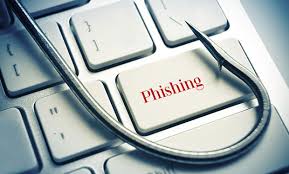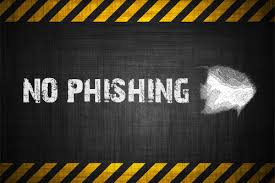 We continue to hear from security researchers and professionals that an astonishing 95% of all exploits begin with someone opening an attachment or clicking a link on a phishing email. I have a client where two different employees opened the attachment on an email from “FedEx” and became infected with crypto-malware. These incidents happened nearly a week apart, and you think that the second ...
We continue to hear from security researchers and professionals that an astonishing 95% of all exploits begin with someone opening an attachment or clicking a link on a phishing email. I have a client where two different employees opened the attachment on an email from “FedEx” and became infected with crypto-malware. These incidents happened nearly a week apart, and you think that the second ...
JUL

 On Wednesday we looked at the obvious, visual symptoms of a malware infection. Today we will explore some changes in performance that can indicate that your computer is infected.
On Wednesday we looked at the obvious, visual symptoms of a malware infection. Today we will explore some changes in performance that can indicate that your computer is infected. Dyre Wolf is one version in the family of banking Trojans that started with Zeus and NeverQuest, and now includes Dridex, SpyEye, Shylock,Shifu, Gozi, and Tinba. Banking Trojans are designed to sit unnoticed on your computer, and to capture your banking and financial login credentials and send them to criminals who use the information to empty your accounts. They are among the worst exploits that can happen to you, followed closely ...
Dyre Wolf is one version in the family of banking Trojans that started with Zeus and NeverQuest, and now includes Dridex, SpyEye, Shylock,Shifu, Gozi, and Tinba. Banking Trojans are designed to sit unnoticed on your computer, and to capture your banking and financial login credentials and send them to criminals who use the information to empty your accounts. They are among the worst exploits that can happen to you, followed closely ... A great product for quickly and easily adding web site filtering to your organization is OpenDNS Umbrella. OpenDNS was recently purchased by Cisco Systems. OpenDNS is another featured security product that is part of the Managed Services program here at
A great product for quickly and easily adding web site filtering to your organization is OpenDNS Umbrella. OpenDNS was recently purchased by Cisco Systems. OpenDNS is another featured security product that is part of the Managed Services program here at  Here’s a provocative statement: If you could just prevent your staff for clicking on links or opening attachments in phishing emails, 95% of your cybersecurity problems would be prevented.
Here’s a provocative statement: If you could just prevent your staff for clicking on links or opening attachments in phishing emails, 95% of your cybersecurity problems would be prevented.

